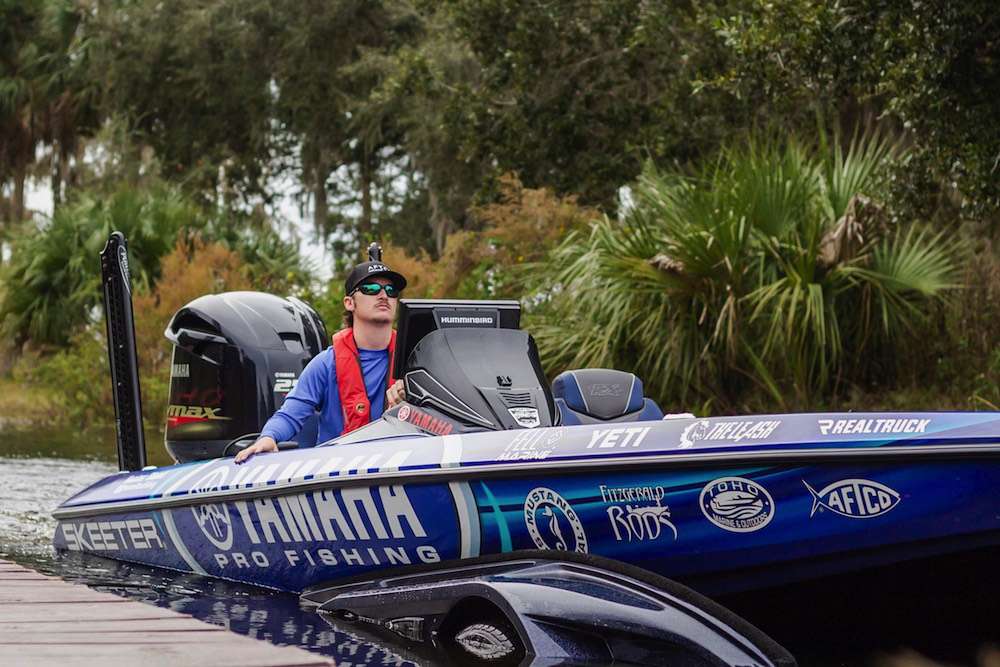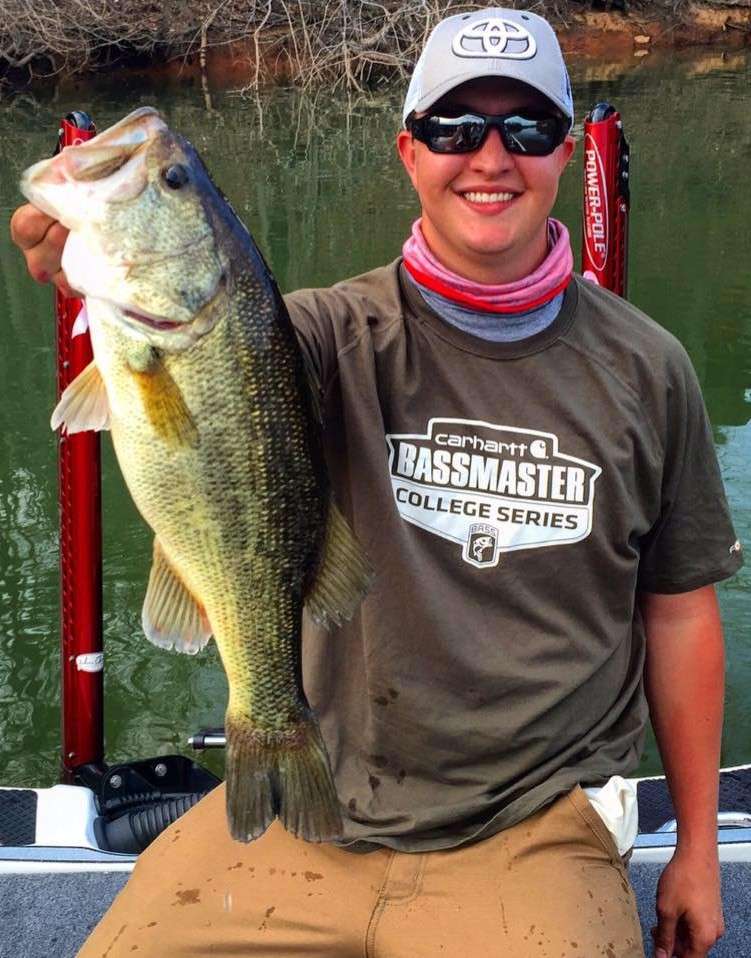
May is Water Safety Month, but realistically safety should be paramount everyday you launch a boat. Water Safety Month serves as a great opportunity to brush up on safety procedures as well as take an honest assessment of your personal approach to staying safe on the water.
Bassmaster Opens angler Hunter Bland knows all too well the importance of safety. He and his college fishing partner were thrown from his boat due to a part in the hydraulic steering system coming loose in an FLW College Fishing tournament on Lake Seminole in 2017.
Miraculously, Bland and his teammate Connor Young escaped serious injury, but the event changed Bland’s perspective. He’s currently a spokesperson for boating safety. Bland works with many of the top companies in the industry, including the Skeeter Boats and Yamaha Marine, to advocate for safety on the water.
“We all love to fish, but I’m confident we all could agree that making it back to the dock safely is the most important thing,” Bland said.
Wear your PFD and engine cutoff device
While visions of big bass, tranquil scenery and euphoric sunsets likely come to mind when you think of your next day at the lake, it’s important to remember to keep safety first.
“An accident like I experienced changes your mindset instantaneously,” Bland said. “Everything can change in the blink of an eye, but so many accidents are avoidable if you follow simple safety protocols. The first step comes with strapping into a personal floatation device.”
Before you hook a boat trailer to your tow vehicle, you should ensure the vessel has every item listed in the U.S. Coast Guard Safety Checklist and complies with all state and federal laws or guidelines. The next and most important thing you should do is to always wear a PFD or lifejacket.
As Bland is happy to tell you, a PFD will absolutely save your life. Furthermore, sliding your PFD on as soon as you begin backing your boat down the ramp forces your brain to reckon with safety. Buckling your lifejacket reminds you to attach your engine cutoff device commonly referred to as a “kill switch,” and should prompt a boater to mentally run through safety precautions.
“Before your outboard is ever engaged you need to have your lifejacket on and your engine cutoff device operative,” Bland explained. “I owe my life to those two simple safety steps. There’s no gray area; whether you are idling slowly or running on plane to your next spot, you need to wear both of those devices.”
Set an example
Bland’s travels and experiences as a spokesperson for boating safety have illustrated the importance of leading by example. Bland has seen his efforts make a difference.
“Whether you’re a professional angler or an avid weekend fisherman, there’s a good chance you have people who look up to you,” Bland explained. “They may know you personally, or they might just be impressed with your efficiency of launching or loading your boat. Whatever the case, your actions can influence someone.
“By wearing your PFD, attaching your kill switch, and practicing safe, responsible boating, you’re teaching proper habits, and you may be unknowingly saving a life.”
Hunter Bland came into the outdoor industry through college fishing and has seen the rapid growth of both high school and college fishing in just a handful of years. Right now, there are more young people interested in competitive fishing than ever before. With this explosion of popularity at the youth levels of fishing, ensuring safety remains “cool” has never been more important.
No matter what you grew up believing, it’s always cool to be safe. “Risk-takers” or “rule-benders” need to be left at the dock when it comes to boating and fishing. The margins for error and risks associated are too severe on the water. It’s simply not worth it.
So keep it cool by staying safe on the water this summer, and set an example in the process. A day on the water is good for the soul, but arriving home safely to your loved ones is even better.





